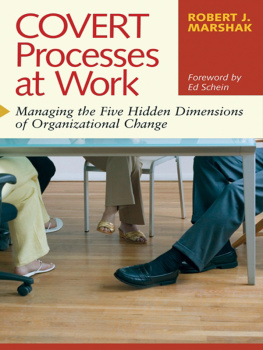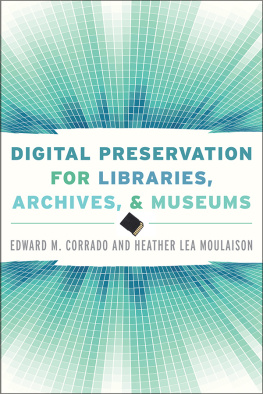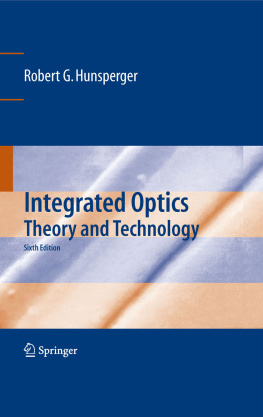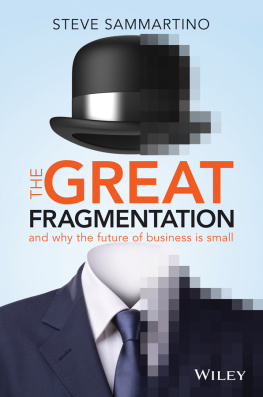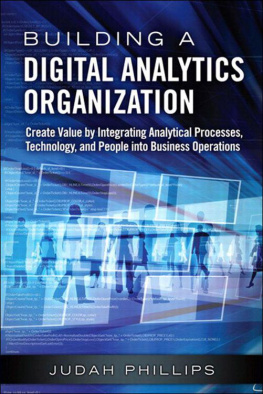OIL AND GAS, TECHNOLOGY AND HUMANS
Oil and Gas, Technology and Humans
Assessing the Human Factors of Technological Change
Edited by
EIRIK ALBRECHTSEN
SINTEF, Norway
&
DENIS BESNARD
Mines-ParisTech, France
ASHGATE
Eirik Albrechtsen and Denis Besnard 2013
All rights reserved. No part of this publication may be reproduced, stored in a retrieval system or transmitted in any form or by any means, electronic, mechanical, photocopying, recording or otherwise without the prior permission of the publisher.
Eirik Albrechtsen and Denis Besnard have asserted their right under the Copyright, Designs and Patents Act, 1988, to be identified as the editors of this work.
Published by
Ashgate Publishing Limited
Wey Court East
Union Road
Farnham
Surrey, GU9 7PT
England
Ashgate Publishing Company
110 Cherry Street
Suite 3-1
Burlington, VT 05401-3818
USA
www.ashgate.com
British Library Cataloguing in Publication Data
A catalogue record for this book is available from the British Library
The Library of Congress has cataloged the printed edition as follows:
Albrechtsen, Eirik.
Oil and gas, technology and humans : assessing the human factors of technological change / by Eirik Albrechtsen and Denis Besnard.
p. cm.
Includes bibliographical references and index.
ISBN 978-1-4094-5600-1 (hardback) -- ISBN 978-1-4094-5601-8 (ebook)
-- ISBN 978-1-4724-0160-1 (epub) 1. Petroleum industry and trade--Information technology. 2. Petroleum industry and trade--Risk management. 3. Gas industry--Information technology. 4. Gas industry--Risk management. I. Besnard, Denis. II. Title.
TN870.A264 2013
338.2728--dc23
2013002709
ISBN 9781409456001 (hbk)
ISBN 9781409456018 (ebk-PDF)
ISBN 9781472401601 (ebk-ePUB)
Contents
Eirik Albrechtsen and Denis Besnard
Eirik Albrechtsen
Siri Andersen
Tor Olav Grtan
Denis Besnard and Eirik Albrechtsen
Jrn Vatn and Stein Haugen
Denis Besnard
Kari Apneseth, Aud Marit Wahl and Erik Hollnagel
Camilla Knudsen Tveiten
Grete Rindahl, Ann Britt Skjerve, Sizarta Sarsha and Alf Ove Braseth
Denis Besnard and Eirik Albrechtsen
Eirik Albrechtsen
Jrn Vatn
Erik Hollnagel
Eirik Albrechtsen and Denis Besnard
Denis Besnard and Eirik Albrechtsen
Denis Besnard, Eirik Albrechtsen and Jan Hovden
List of Figures
List of Tables
About the Contributors
Eirik Albrechtsen (ed.) is Senior Research Scientist at SINTEF Safety Research, Norway and an Associate Professor in Safety Management at the Norwegian University of Science and Technology (NTNU). He has worked on various research projects on safety and Integrated Operations (IO) and has written several scientific publications on the risk of major accident and IO. He holds a PhD in Safety Management from NTNU (2008).
Denis Besnard (ed.) is a Research Associate at MINES ParisTech, France. He has written several articles, book chapters and reports on the human contribution to systems safety. He is the scientific director of a French executive post-Masters degree on the Human Factors of Safety Management. He also carries out safety management consultancy in the industry. He holds a PhD in Psychology from the University of Provence (1999).
Siri Andersen is currently a PhD student at the NTNU studying operational risk assessment in an IO context. She has several years of experience as a risk consultant at Det Norske Veritas, where she mainly worked in the petroleum industry.
Kari Apneseth is a Safety Technology Engineer in the Health, Safety and Environment (HSE) Competence Centre at Statoil. She has previously worked in HSE performance and monitoring. She holds a Masters degree in HSE from the Department of Industrial Economics and Technology Management at the NTNU, with a specialization in Safety Management.
Alf Ove Braseth is a principal scientist at the Institute for Energy Technology in Norway. He is a product designer mainly working on information visualization on large screen displays and holds several design patents. He has an MSc in Mechanical Engineering.
Tor Olav Grtan is a Senior Research Scientist at SINTEF Safety Research, Norway. He holds a Masters degree in Engineering Cybernetics and another in Management. He has been working on the organizational aspects of safety in the military, healthcare, transportation and petroleum industry domains. He is currently a PhD student at the NTNU.
Stein Haugen is a Professor in Technical Safety at the NTNU, where he mainly works in the areas of risk analysis and prevention of major accidents. He carried out consultancy work and research projects in the industry for more than 25 years before joining the University.
Erik Hollnagel is Professor at the University of Southern Denmark, Chief Consultant at the Centre for Quality in the Southern Denmark Region, Industrial Safety Chair at MINES ParisTech, France and an Associate Professor at the NTNU. He is recognized internationally as an expert in resilience engineering and safety management of complex socio-technical systems.
Jan Hovden is a Professor in Safety Management at the NTNU. He has written several articles and reports on societal safety as well as safety management in various industrial sectors. He is a member of several national and international expert advisory groups.
Grete Rindahl is a principal scientist at the Institute for Energy Technology in Norway. She has been leading research projects in IO for several years, focusing on issues related to visualization and collaboration technology, IO training and IO teamwork. She holds a Masters degree in Applied Mathematics from the University of Troms.
Sizarta Sarshar is a Senior Research Scientist at the Institute for Energy Technology in Norway. He holds an MSc in Computer Science with a focus on safety-critical systems and is currently working on his PhD. The topic of his work is decision making in integrated operation collaboration processes, with a focus on visualizing safety hazard indicators in offshore operations planning for the prevention of major accidents.
Ann Britt Skjerve is a Principal Scientist at the Institute for Energy Technology in Norway. She has worked on several research projects related to training, teamwork and system usability in the domains of nuclear power plant operation and IO in the petroleum industry. She holds a PhD in Psychology from the University of Copenhagen.
Camilla Knudsen Tveiten is currently a consultant at Proactima AS within risk management and HSE support. She is also partly working on her PhD at the NTNU on conditions for resilient operations of complex systems undergoing technological alternations. She has several years of experience in the petroleum industry and in research in SINTEF within the HSE and risk management area.
Jrn Vatn is a Professor at the NTNU. His research interests include risk analysis, reliability analysis and maintenance optimization. He has published several scientific papers on risk assessment and the interpretation of risk and has participated in several groups dealing with both risk assessment and risk communication.
Next page

